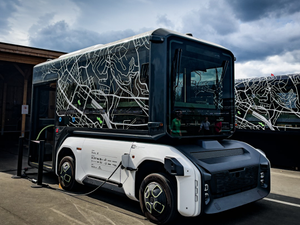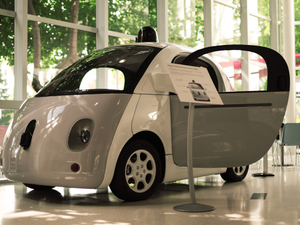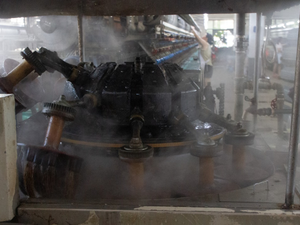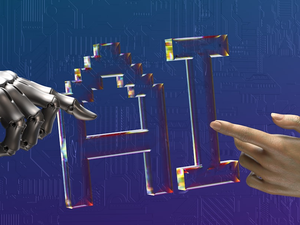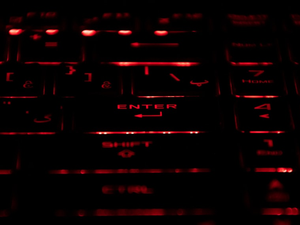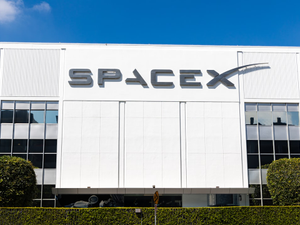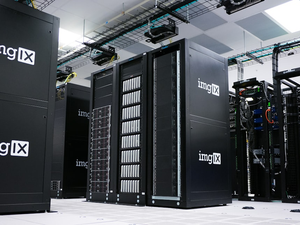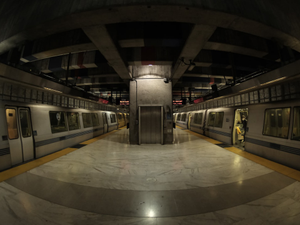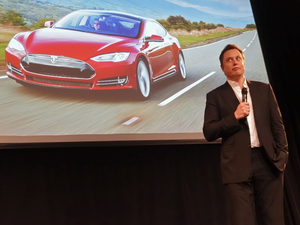Tesla's Dangerous Design: When Electric Vehicle Doors Trap You in Emergencies
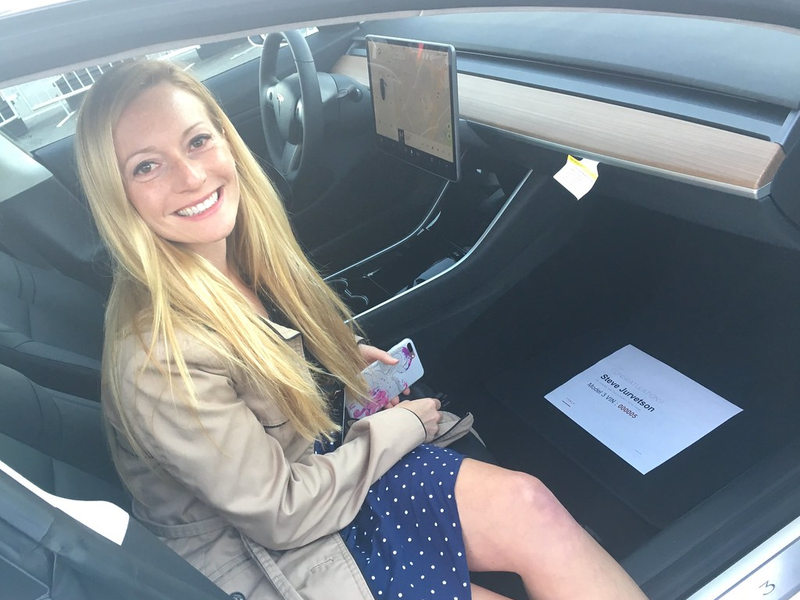
The promise of autonomous vehicles has been tantalizing for Bay Area tech enthusiasts, but a disturbing reality is emerging about Tesla’s robotaxis and electric vehicles. Recent investigations have revealed a potentially life-threatening design flaw in Tesla’s electronic door handles that could leave passengers trapped during critical moments like accidents.
National Highway Traffic Safety Administration data shows over 140 consumer complaints related to door malfunctions across various Tesla models since 2018. These aren’t just minor inconveniences - they represent potential life-or-death scenarios where passengers might be unable to escape a damaged or burning vehicle.
A Bloomberg investigation uncovered that when Teslas lose their low-voltage power supply during a crash, electronic door handles can completely stop functioning. The manual release levers, intended as backup safety mechanisms, are often hidden or difficult to locate in high-stress emergency situations. Even first responders have reported challenges accessing these vehicles due to the flush exterior handles’ power dependency.
The problem became tragically real when families of two college students who died in a Cybertruck crash in Piedmont sued Tesla, alleging the vehicle’s door design made escape nearly impossible. This lawsuit highlights the critical design flaws that transform what should be cutting-edge transportation into potential death traps.
Tesla’s chief designer has acknowledged these concerns and claims the company is working on redesigning door handles. However, until comprehensive changes are implemented, passengers must be aware of emergency escape techniques specific to different Tesla models.
For Bay Area residents excited about autonomous transportation, this serves as a critical reminder: technological innovation must never compromise human safety. As we embrace increasingly sophisticated electric and self-driving vehicles, rigorous safety standards must remain paramount.
Ultimately, these revelations underscore the importance of continuous scrutiny and accountability in automotive design, especially as we transition toward an increasingly automated transportation landscape.
AUTHOR: pw
SOURCE: SF Standard

